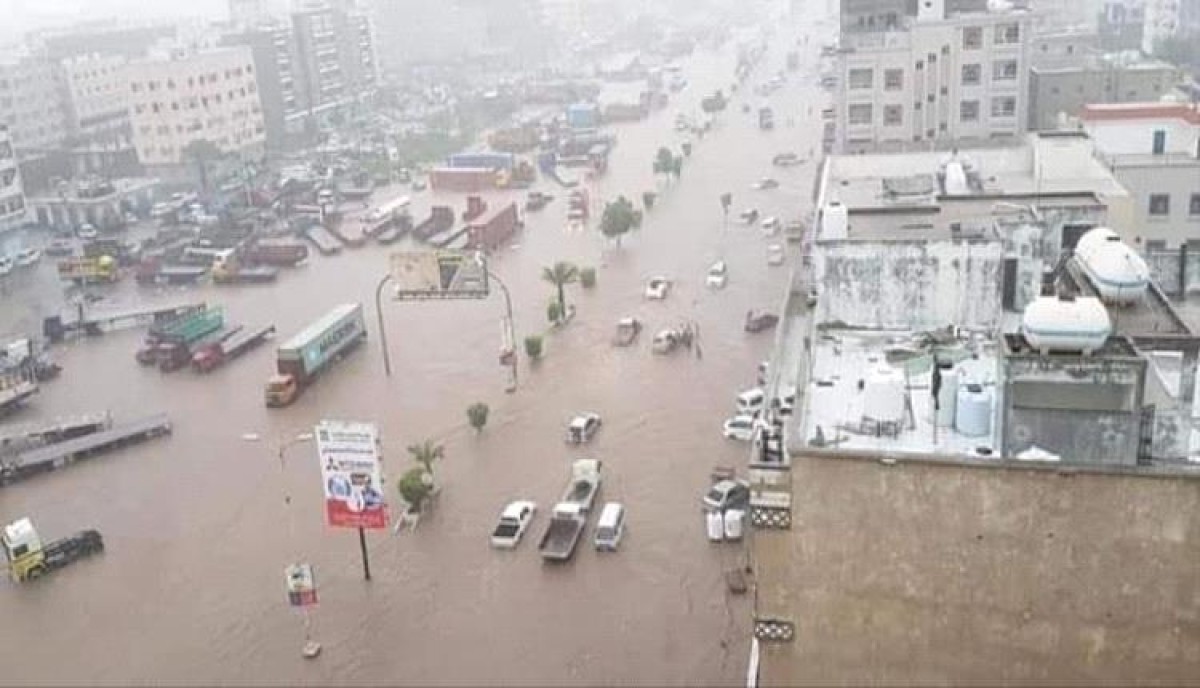An international warning about the danger of severe floods in Yemen


A recent UN report warned of the risk of severe floods in low-lying areas of Yemen, especially in the governorates of Hadramaut and Al-Mahra, during the second half of this April.
The United Nations Food and Agriculture Organization (FAO) said in its meteorological early warning bulletin, issued on Tuesday, that “expectations indicate a positive anomaly in rainfall in parts of Hadramaut and Al-Mahra governorates during the second half of this month of April 2024.”
The bulletin added that heavy rains will include parts of the western region of Al-Mahra Governorate, and the central regions of Hadramaut, which may lead to some flash floods, especially around the cities of Sayun and Tarim specifically, during this period.
FAO indicated that the effects of the heavy rains and the resulting floods are expected to reach the northern regions of Shabwa, as well as some eastern parts of the Ma’rib and Al-Jawf governorates, in the northeast of the country.
The bulletin indicated that the second half of April 2024 usually witnesses an increase in the level of rainfall throughout the country, and accordingly, “Forecasts for the coming period and until the end of this month indicate the possibility of the rainfall exceeding the threshold of 150 mm in some parts of the highland governorates.” Central and northern (Ibb, Dhamar, Amran, Hajjah, Saada).”
FAO warned of the need to take precautionary measures and avoid exposure to risks in these areas, especially in low-lying areas located at the mouth of the valleys, and “the risk of landslides will increase along with heavy rainfall in areas with steep terrain along Main roads, such as Manakhah in Sanaa, Samara in Ibb, and Kahlan in Hajjah.”
She added that these low-lying areas, due to increased rainfall, are expected to witness an exacerbation of the risk of disease outbreaks due to water stagnation, which represents a fertile environment for the presence and reproduction of pests such as mosquitoes and others in the low-lying and coastal areas.